AUD/JPY’s fall from 82.01 resumes today on general risk-off sentiments in Asian markets. For now, further decline is expected as long as 80.49 minor resistance holds. Sustained trading below 61.8% retracement of 77.88 to 82.01 at 79.45 will raise the chance that it’s indeed ready to resume whole decline from 85.78 high. Retest of 77.88 low should be seen first.
As the fall from 85.78 is now seen as a correction to up trend from 59.85, break of 77.88 would pave the way to 38.2% retracement of 59.85 to 85.78 at 75.87 next. Such development, if happens, could be a prelude in similar selloff in other Yen crosses.




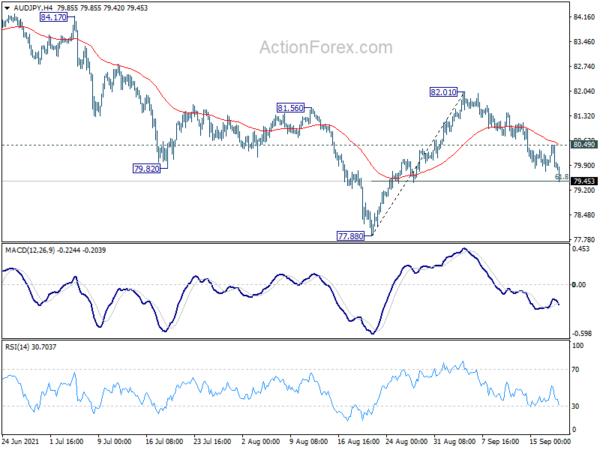
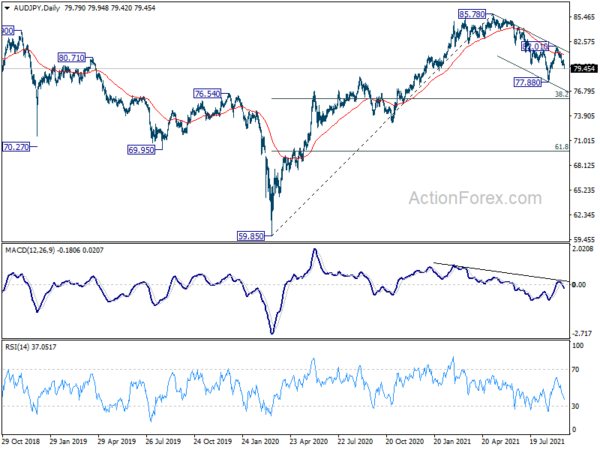
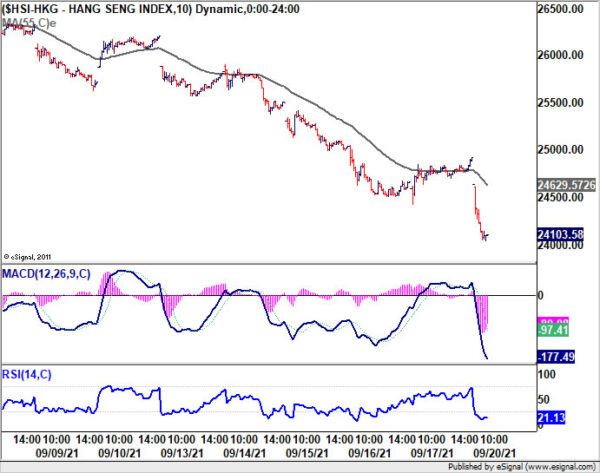
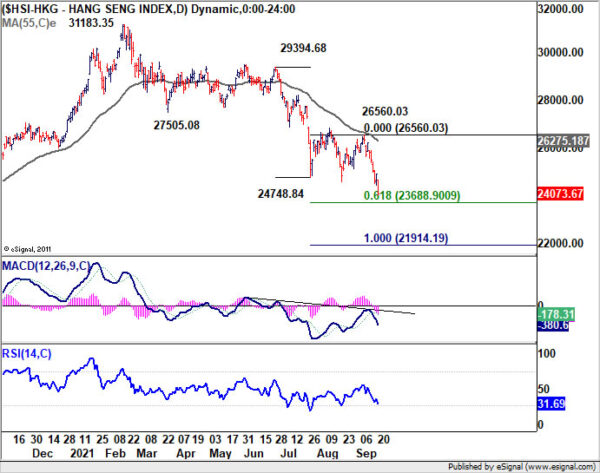
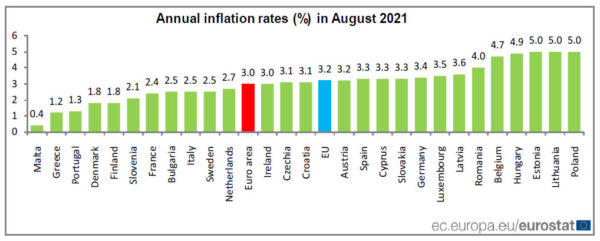
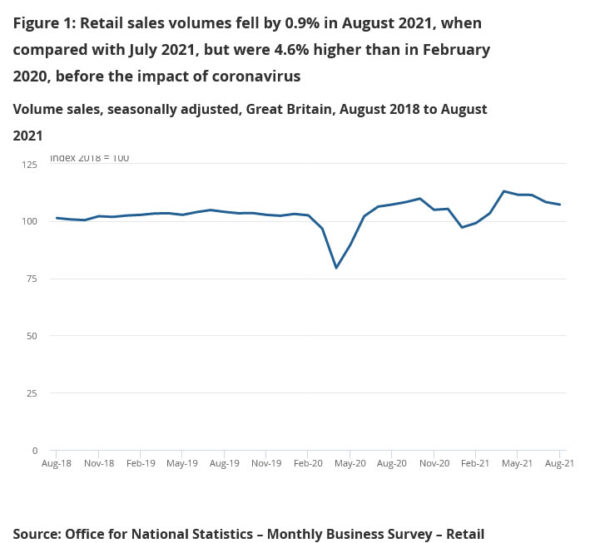
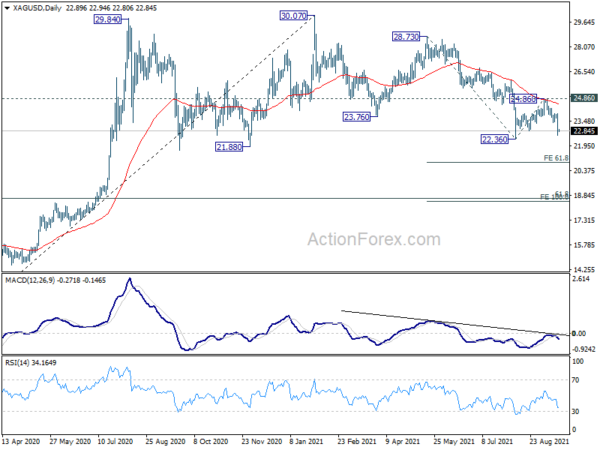
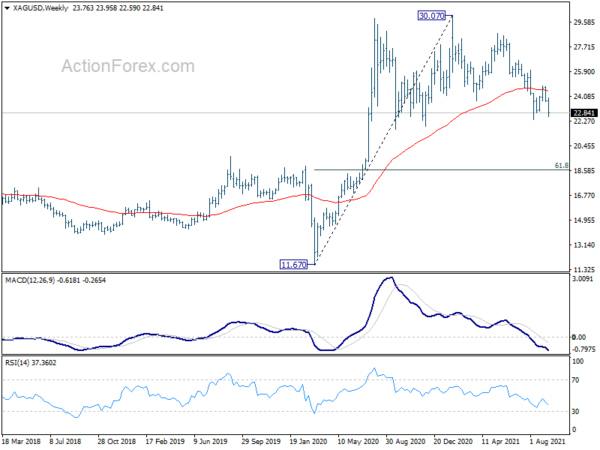
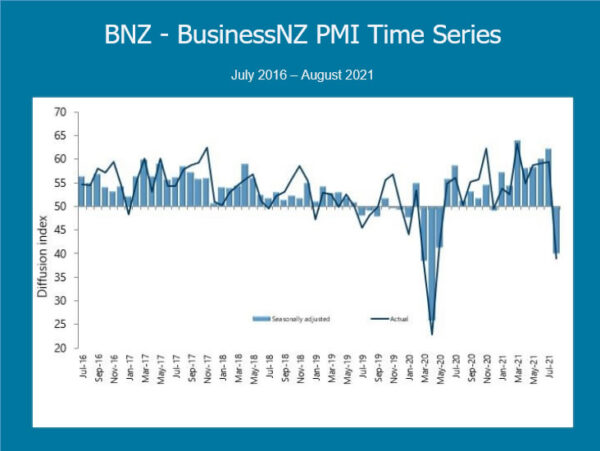
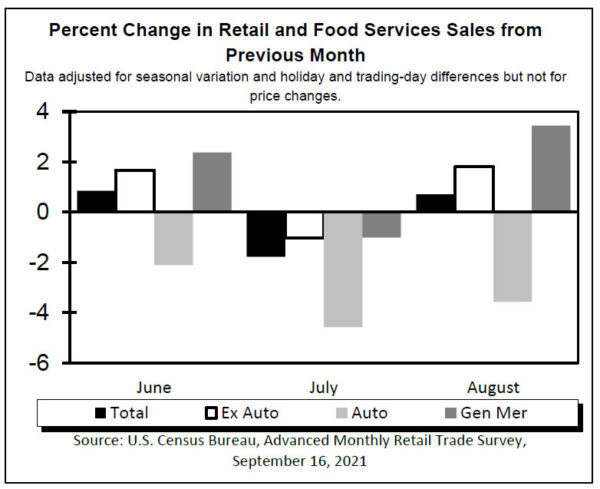
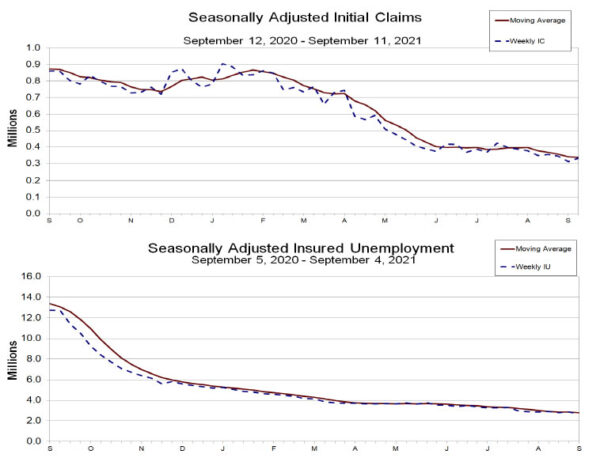
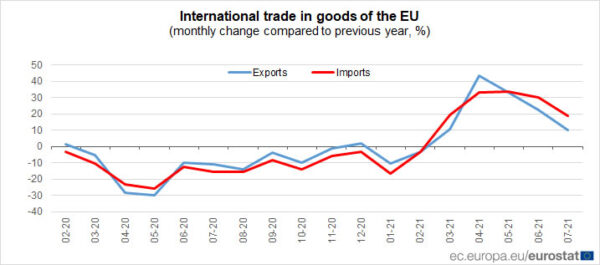
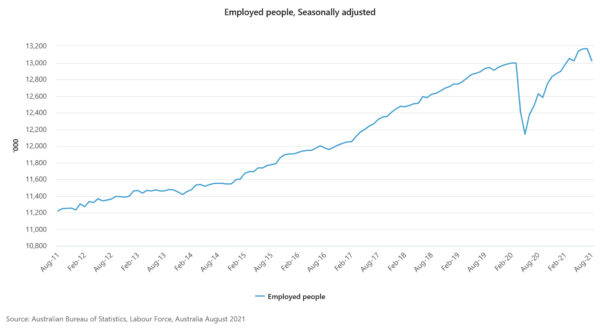
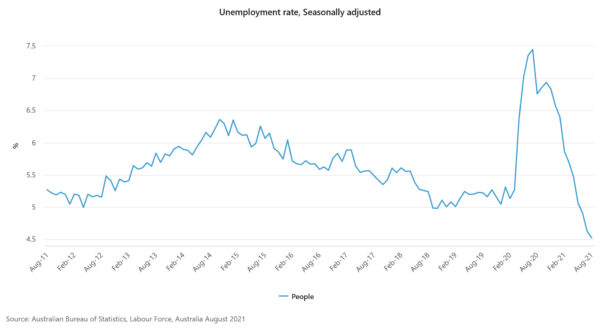
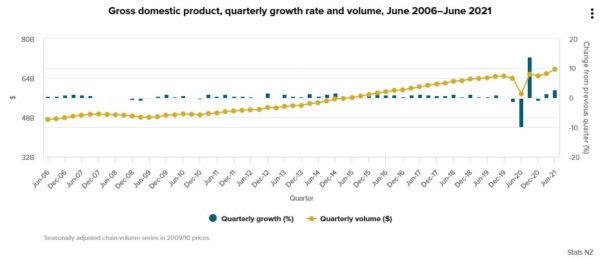
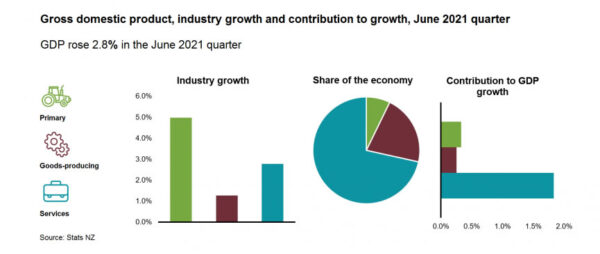

CAD/JPY to retest key support zone at 88.5/6 with downside acceleration
CAD/JPY follows other Yen crosses lower today, with downside acceleration. Near term outlook is kept bearish by prior rejection from 55 day EMA. The fall from 91.16 is probably ready to resume through an important support zone.
The cluster support level include 84.65, 55 day EMA (now at 85.46) and 38.2% retracement of 7380 to 91.16 at 84.52. Sustained break of this level will confirm both the completion of rise from 73.80 and rejection by 91.62 key resistance. In this case, deeper fall would be seen to 61.8% retracement at 80.43.